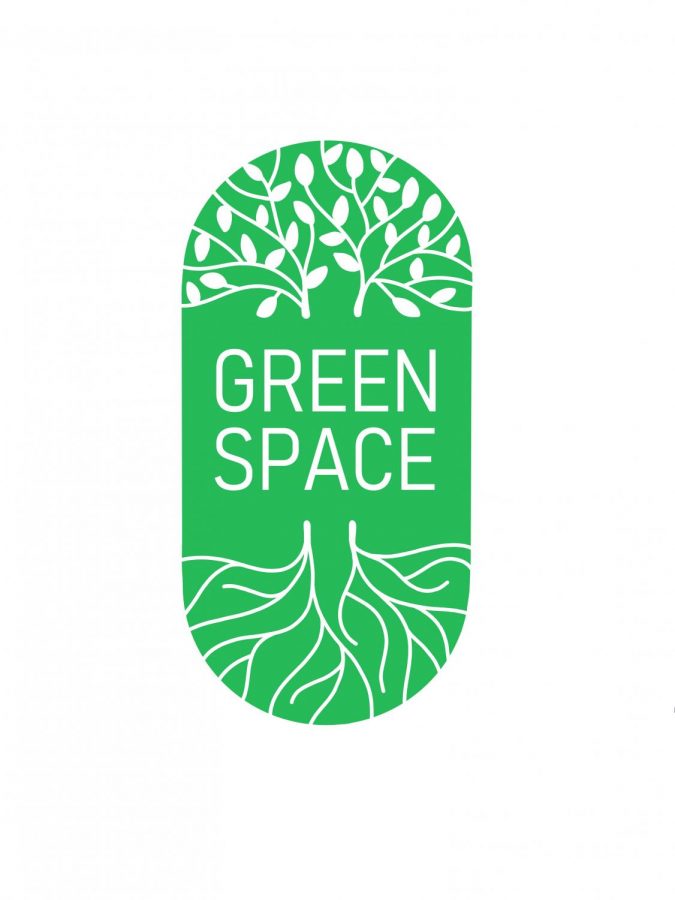The Green Space | Gettin’ Twiggy With It
The Green Space is a biweekly blog about all things environmental — whether we’re talking a mason-jar compost heap or the entire world.
October 1, 2020
When I was just a wee lass growing up in south-central Pennsylvania, I began participating in a competition called Envirothon.
For those unaware, Envirothon is basically one big test about the Pennsylvania environment, with five subject areas — aquatics, wildlife, forestry, soils and land use, and current environmental issues. Participants from elementary, middle and high schools spend the entire academic year studying for the test, and by the time you get to the high school level, the test includes so much material that each team member must specialize in a certain subject area.
I specialized in forestry, and not to toot my own horn, but my team almost always placed in that category and took away a first place ribbon several times. Now that I’m in college, I have all this environmental clout and nowhere to put it, so I’m going to share the wealth. I’m going to tell you how to identify a few of the most common Pennsylvania trees so that next time you take your friends for a socially distanced hike through Schenley Park, you can wow them with your infinite leafy wisdom.
Eastern Hemlock
Of course we must start with Pennsylvania’s state tree, which also happens to be one of the easiest to identify. The tiny needles are a plain glossy green on top, but on the underside two distinctive parallel white lines track along the length of the needle. If you’re still not quite sure, you can look at the cones, which are cute and small and rotund, like little woody eggs dropping down from the twigs.
Fun fact! The twig tips and inner bark of the Eastern Hemlock can be used for a herbal tea, though I wouldn’t recommend trying this at home.
Eastern White Pine
Keeping it in the evergreen family, the next is my favorite tree of all time (shhh, don’t tell the others). Her needles are long and flexible, a muted and modest seaglass green, and if you brush your hand against them, they will feel soft to the touch. The trick to identifying the Eastern White Pine resides in the arrangement of the needles, which will inevitably cluster together in groups of five.
Fun fact! In “Penn’s Woods” — aka old growth forests that the settlers cut down when they arrived in America — Eastern White Pines used to reach heights of more than 150 feet, but now they usually only range from 50 feet to 90 feet tall.
Common Sassafras
The Sassafras has a special place in my heart because its name was one of the nicknames bestowed upon me by my elementary school friends — a play on my initials, SAS. One tree can contain three different shapes of leaves — one that closely resembles a glove, one that’s just a typical leaf (what we in the business call “entire,” meaning it has no lobes) and one with three lobes reaching out like fingers from a palm. Like many leaves, these are colored dark green above, with a soft light underbelly that usually only shows when a storm is blowing in.
Fun fact! The oils contained in the roots, leaves, twigs and fruit of this tree can be used in tea, perfume and medicine. The leaf stems when chewed are slightly sweet and aromatic. I know because I’ve chewed many a leaf in my day. You can actually try this one, as the leaves are commonly known to be edible, and can even be cooked up in soups.
Tulip Tree/Tulip Poplar/Yellow Poplar
Though the many names of this tree may seem inconvenient, they actually illustrate a truth that’s very convenient for our purposes — the Tulip Tree has so many defining features that it’s impossible to pick just one. In the spring, branches cradle tulip-like flowers with petals of pastel yellow. The name Yellow Poplar might also be a reference to the tree’s appearance in autumn since it is one of the first to turn, donning a cheery yellow outfit while surrounding trees remain stubbornly green. The leaves themselves have quite a distinctive shape, with four delicately pointed lobes separated by shallow divots and arranged into a perfectly symmetrical pattern.
Fun fact! Tulip Trees can reach great heights, and are considered the tallest of the eastern hardwoods.
Black Locust
Now we must get into the nitty-gritty of tree identification because unlike all other trees on this list — except for my beloved Eastern White Pine — Black Locusts have compound leaves instead of simple leaves. This means that each leaf contains more than one leaf.
Confusing? Yes. Let me explain. Leaves are demarcated not by the smooth green floppy thing itself, but by a little knob at its base known as the node. With simple leaves, each leaf corresponds to its own node, while with compound leaves, multiple leaflets lay along a stem arising from the node. Black Locusts, for example, can have seven to 19 small and smoothly oval leaflets within a single leaf. It takes some practice to be able to identify compound versus simple, but for now, there’s an easier way to determine if you’re looking at a Black Locust. These trees have little spiny thorns along their branches—not the kind that will tear your clothes or anything, but they will catch in your hair if you try to climb the tree. Not that I’m speaking from experience or anything.
Fun fact! Black Locust received its name from some of the first European settlers and served as a main building material in the first structures at Jamestown.
Tree of Heaven
The Tree of Heaven, despite its ethereal name, presents a real problem to Pennsylvania’s environment. This tree is invasive, originally from China, and thrives in any location where human activity has disturbed the ecosystem, or in basically any environment not in full shade. You will often see them chilling along highways, in vacant lots or alongside railroad tracks. The problem is not having trees in those locations, of course, but rather that Tree of Heaven’s ability to flourish almost anywhere, spread quickly and resist cultivation means that it can quickly edge out native species. Because these native species provide food for many birds and animals, Tree of Heaven can seriously mess up the entire food chain.
With this in mind, being able to identify this tree is perhaps more important than any other tree on this list so that we can work to stifle its perilous spread. Its leaves are compound and huge, with 11 to 41 leaflets in a single leaf. Each leaflet begins wide and round, with a few coarse teeth close to the stem, then tapers sharply to a point. On the underside of each leaflet, near the base, are glands that secrete a nasty smell when the leaves are crushed.
Un-fun fact! Tree of Heaven produces chemicals in its leaves, roots and bark that can stunt or kill any plant trying to grow nearby.
Sarah writes primarily about trees, climate change and walking. You can reach her at [email protected].



